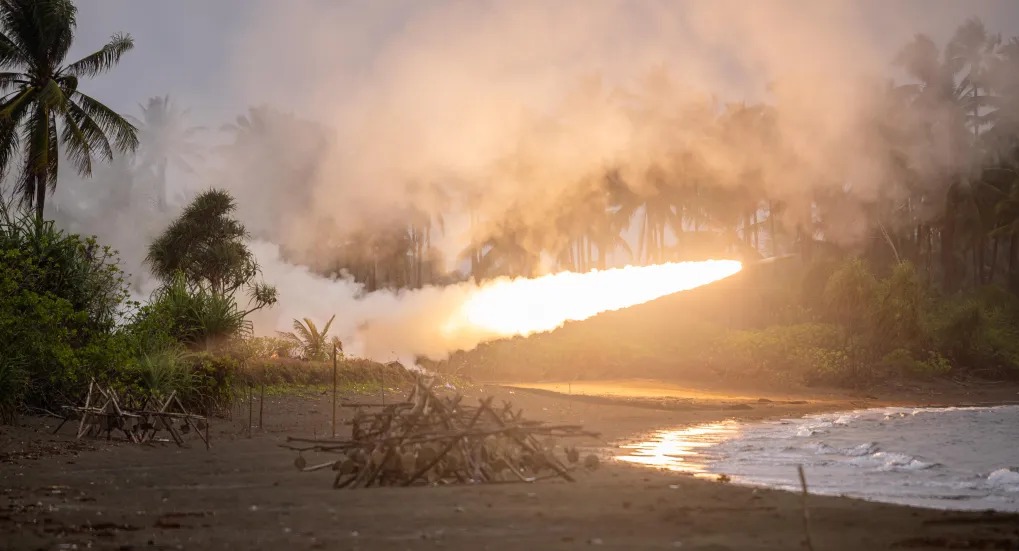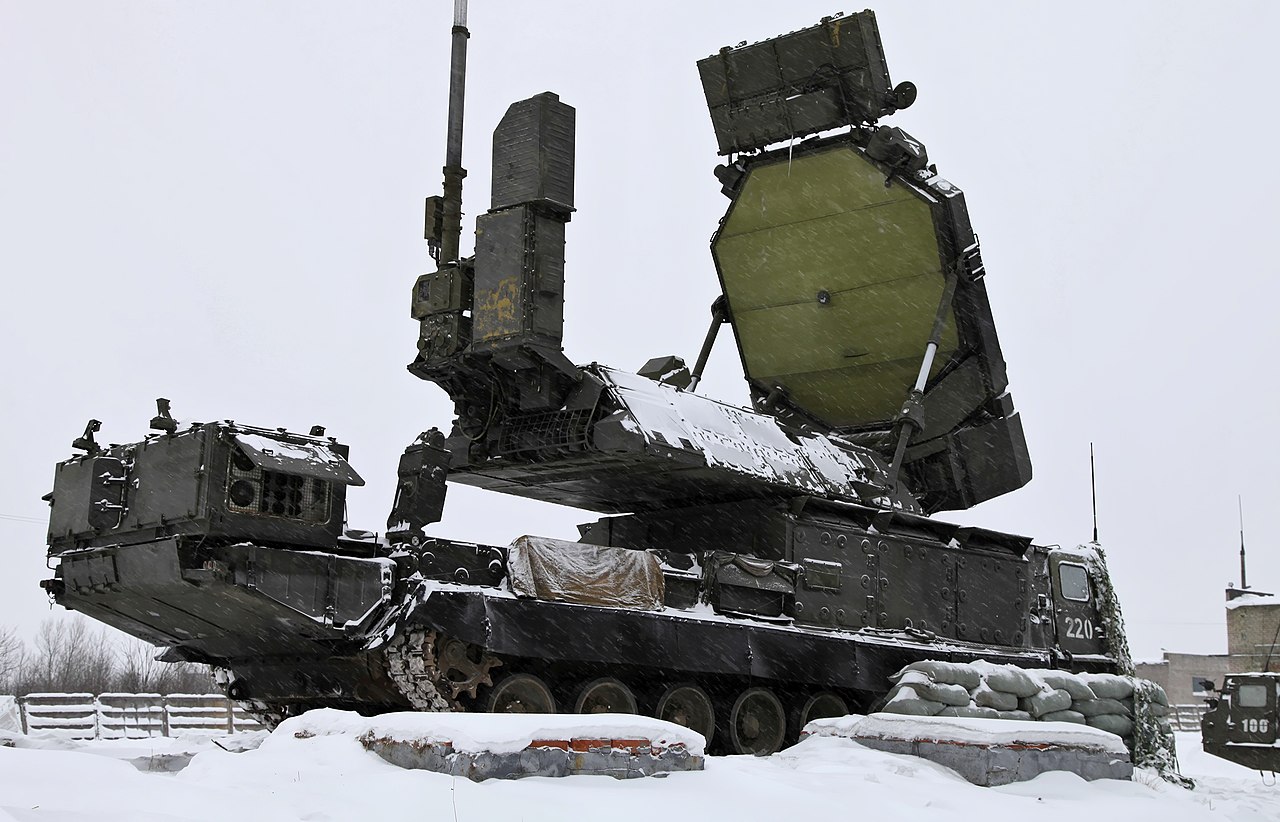The US fired the High-Mobility Artillery Rocket System (HIMARS) in an exercise with the Philippine military from an island onto targets into the sea. This represented a scenario where the HIMARS might be employed to strike Chinese warships in the South China Sea (SCS).
The massive Balikatan exercise between Washington and Manila comes amid rising tensions between the US and China in the western Pacific.
China has long been locked in a maritime territorial dispute with the Philippines and keeps challenging Filipino coast guard vessels resupplying the Sierra Madre mid-sea outpost near the Second Thomas Shoal.
‘HIMARS Fired From Palawan Island’
The US’s Indo-Pacific Command (INDOPACOM) said that “bilateral forces” conducted a “combined HIMARS rapid infiltration mission (HIRAIN) and live-fire event.”
“The goal of the training was to increase bilateral interoperability in complex littoral and coastal defense operations to secure and protect Philippines’ maritime terrain, territorial waters, and exclusive economic zone interests,” it added.
The HIMARS loaded onto an MC-130J Commando II transport aircraft in Subic Bay before inserting into San Vicente, Palawan. From there, the HIMARS, along with artillery from the Philippine Marine Corps, embarked on “a landing craft, air-cushioned to transition to the USS Somerset to continue their movement down the coast of Palawan overnight.”
The Philippine artillery and HIMARS then landed on a beach that was already “secured” by US and Philippine Marines. They then “established” firing positions and launched “training rockets and artillery rounds at notional targets.”
While it is unclear whether the missiles hit a mock target or fell into the sea, the focus on the logistical element of the exercise suggests the US efforts towards addressing this key weakness in its position before China.
Moreover, Palawan is located only 250 km east of China’s base at Mischief Reef. It would be inconceivable that the US military planners do not aspire to threaten this controversial, massive naval and air base.
Other components of the drills involve “expeditionary mine hunting, sonar hydrographic surveys, reconnaissance drills, amphibious landings, and air assault drills to secure key maritime terrain and establish expeditionary advanced bases and forward arming and refueling points (FARP).”

China Might Learn Lessons From Russia
Russia effectively used coordinated S-300PMU and Buk-M3 tactics to detect and shoot down HIMARS rockets fired by the Ukrainian army after US-origin MLRS wreaked havoc on the Russian military.
By keeping the S-300 deep behind the frontlines beyond the range of Ukrainian gun and rocket artillery fire, its radars would detect a HIMARS launch, alert the Buk operators, who would likely acquire the rocket on their passive systems, and release their missiles.
Short-range air defense systems like the Tor or the Pantsir would be used to shoot down the HIMARS projectiles if they would get closer. It is commonly known that these systems are deployed in an overlapping, mutually reinforcing layer (or “echelon” as the Russians describe it) of progressive ranges, as is the standard military practice.

But that they were functioning in a networked, linked fashion was suggested early last year in routine battlefield updates and publicity material by the Russian Ministry of Defense (RuMoD). Those attributed HIMARS shootdowns to the “coordinated work of Buk and S-300 SAM teams.” This served as a demonstration of Russia’s Integrated Air Defense System (IADS) in play.
China’s air defense inventory is overwhelmingly Russian-origin. It possesses the S-400 bought directly from Russia; a local and heavily modified and possibly reverse-engineered version of the S-300 called the HQ-9; dozens of Tor-M1 purchased from Moscow; the HQ-17, a license-produced version of the Tor-M1; the medium-range HQ-16; and indigenous platforms like the medium-range terminal defense HQ-11 system, among other domestic products.
It would have quickly assimilated lessons from Russia’s experience and absorbed the tactics while updating the software and guidance algorithms for its air defense missiles to engage multiple HIMARS launches. This is especially after the Philippines military announced plans to acquire the HIMARS in July 2023.
- The author can be reached at satamp@gmail.com
- Follow EurAsian Times on Google News




